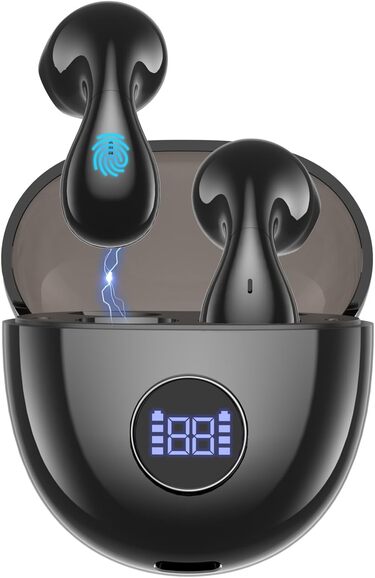Language has long been one of the biggest barriers to seamless global communication. Whether in business, travel, or personal interactions, differences in language can lead to misunderstandings and missed opportunities. AI-powered translations are rapidly changing this reality, offering real-time solutions that make conversations effortless and accessible across languages. With advancements in artificial intelligence and machine learning, instant translation is becoming more accurate and widely available, shaping a world where linguistic diversity is no longer an obstacle.

Benefits of AI-Powered Translations
Instant Communication Across Borders
Businesses, international organizations, and individuals are benefiting from AI-driven translation tools that enable real-time conversations without the need for human interpreters. Platforms like Google Translate, DeepL, and Microsoft Translator use sophisticated neural networks to understand context, grammar, and tone, making translations more natural and precise.
This technology is particularly valuable in global business meetings, where seamless communication can mean the difference between securing a deal and losing it due to misunderstandings. A study by Common Sense Advisory found that 75% of consumers prefer purchasing products in their native language, demonstrating how AI translation is not just a convenience but a necessity for global commerce.
Enhancing Travel and Tourism
For travelers, language barriers have historically posed significant challenges, from ordering food to seeking emergency assistance. AI-powered translation apps and wearable devices now provide real-time speech and text translations, allowing tourists to navigate foreign environments with ease.
Devices like Google Pixel’s Interpreter Mode or the Pocketalk translator are revolutionizing the way people interact in different countries. According to the World Tourism Organization, international tourism reached nearly 900 million arrivals in 2022, a significant recovery post-pandemic. With AI translation, travelers can confidently explore new destinations without the fear of miscommunication.
Bridging Gaps in Healthcare
Language barriers in healthcare can lead to life-threatening miscommunications between patients and medical professionals. AI translation is playing a crucial role in hospitals and clinics, enabling doctors to communicate accurately with patients who speak different languages. Medical translation apps use specialized AI models trained in healthcare terminology, ensuring that diagnoses, prescriptions, and instructions are conveyed correctly.
A study published in the Journal of the American Medical Association (JAMA) highlighted that AI-assisted translations significantly reduce medical errors in non-English-speaking patients, improving the overall quality of care.

Supporting Education and Learning
AI-powered translations are transforming education by providing instant access to knowledge for students who speak different languages. Online courses, academic papers, and e-learning platforms are now integrating real-time translation, allowing learners from diverse linguistic backgrounds to engage with content without language limitations.
UNESCO reports that over 40% of the global population lacks access to education in their native language. AI-driven translation bridges this gap by making educational resources universally accessible, fostering global knowledge exchange and inclusivity.
Real-Time Translation in Social Media and Entertainment
Social media platforms and digital entertainment are becoming more inclusive thanks to AI-powered translations. Streaming services now offer live subtitles in multiple languages, allowing audiences worldwide to enjoy content without language restrictions.
Social media networks like Facebook, Twitter, and Instagram automatically translate posts and comments, fostering global conversations in real time. Research from Statista shows that over 60% of YouTube viewers come from non-English-speaking regions, emphasizing the importance of real-time translation in digital entertainment and online interactions.
Overcoming Limitations and Future Potential
While AI-powered translations have made incredible progress, challenges remain. Accuracy can still be an issue, especially in complex conversations with cultural nuances. However, advancements in deep learning and natural language processing (NLP) are continuously improving translation quality.
Companies are working on AI models that adapt to specific dialects, idioms, and contexts, making translations even more precise. The future of real-time translation holds exciting possibilities, including enhanced AR and VR applications that will allow users to experience multilingual environments seamlessly.
AI-Powered Translations are Breaking Barriers
AI-powered translation is not just about converting words from one language to another—it is about breaking barriers, fostering global connections, and ensuring that language differences no longer stand in the way of progress. As technology advances, real-time translation will continue to redefine communication, making the world a more connected and accessible place for all.
Here are some of the best AI-powered translation earbuds you can’t miss out on:

Merryking’s AI Language Translator Earbuds

Niangziaha AI Language Translation Earbuds

EUQQ AI Language Translation Earbuds




